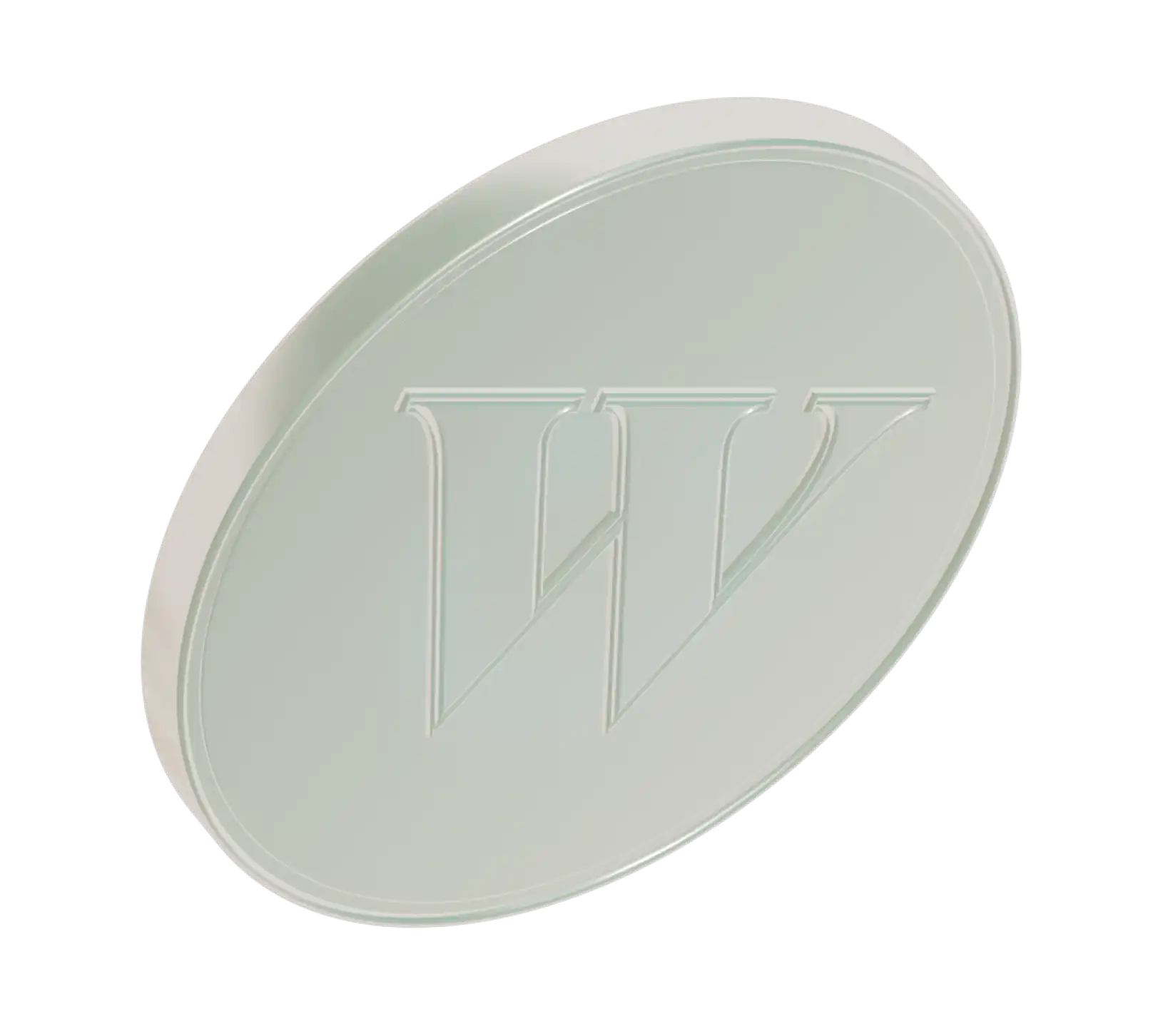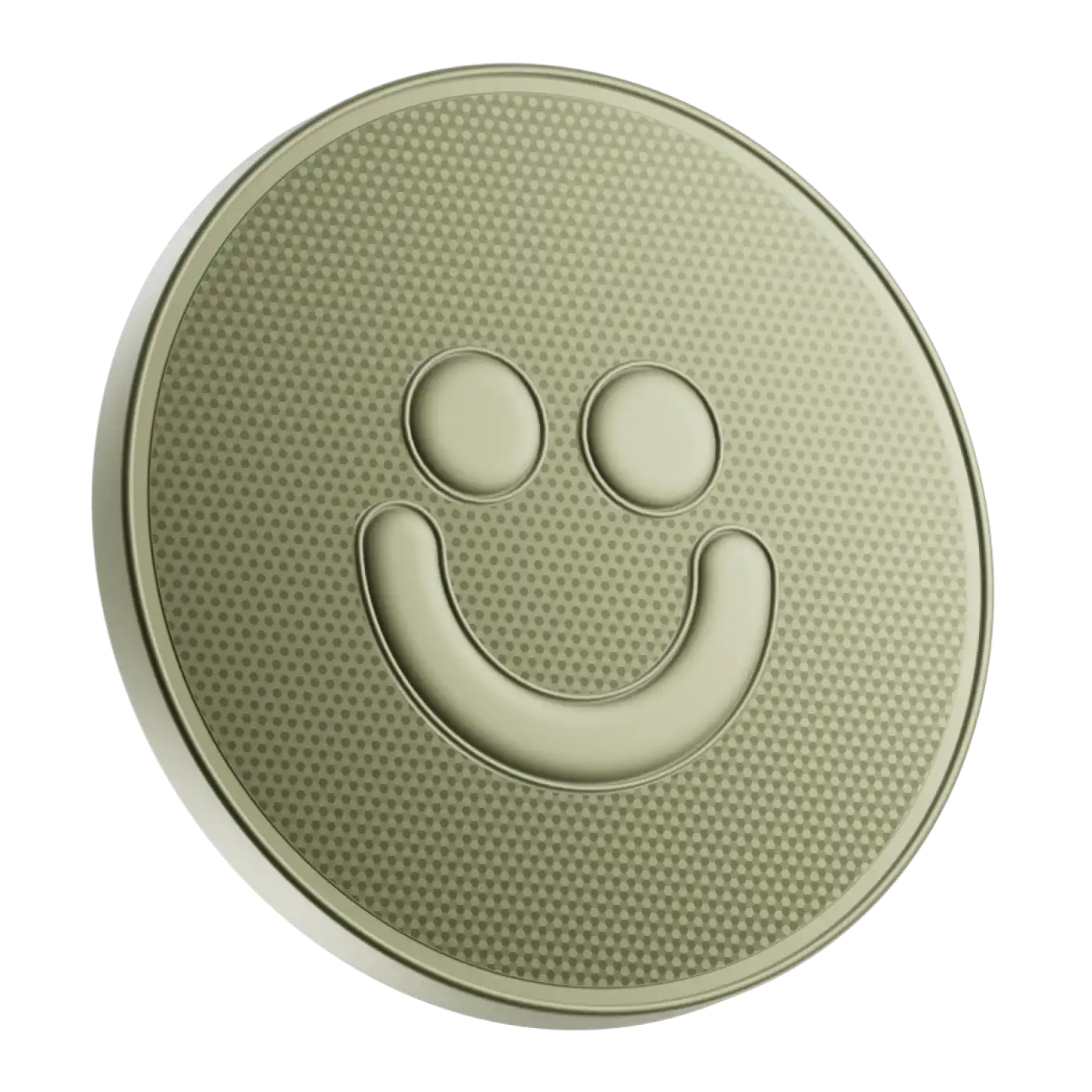Look, we’ve all been there: It’s the end of the month, you’ve already squirreled away your rent that’s due in a couple of days, and you’ve resigned yourself to declining all social engagements until next week—and then an emergency bulldozes through your life to upend all your planning. Or maybe you’re in a foreign country and don’t have any cash and need local currency to pay for your dinner at a restaurant that doesn’t accept cards. Whatever the reason, sometimes you just need to be able to access cash you wouldn’t otherwise have. And you need it fast. So fast that you don’t have time to go to the bank to take out a loan. That’s when many of us might choose the option of last resort: The credit card cash advance.
Here’s the thing about credit card cash advances: They’re incredibly convenient, but should really only be considered in an emergency. They’re also very expensive. Basically, a cash advance is a cash loan you take out on your credit card. Usually it works in the same way as withdrawing cash with your debit card from an ATM would. But instead of withdrawing from your checking account, you’re borrowing money from your credit institution. Thinking this is anything else but a loan with hefty interest rates would be a big mistake.
Every time you take out a cash advance with your credit card, your credit institution will charge you a fee for doing so. That means that on top of interest you’ll be accruing right away, from the day you make the cash advance,—there is no grace period of a month, as would be the case with regular credit card purchases—you’ll also be slapped with a fee immediately. That means that the amount you’ll be charged interest on is actually higher, from the start, than the cash you’re receiving in the moment. You can probably see why you wouldn’t want to make a habit out of relying on cash advances to pay your groceries.
The way a cash advance fee is calculated varies. Some credit card companies simply charge a flat rate per transaction, such as $10, while others may charge a percentage of the cash amount. For example, if you take out a cash advance of $100, then the company may charge you a flat fee of $10, even though they usually charge 5% of the withdrawal amount. In addition to all of this, it’s also quite likely that the ATM company you’re withdrawing from will hit you with a fee as well.
Here’s a sobering look at the average fee of a cash advance across the United States, Canada, and the UK, as well as the average interest rate (in terms of the annual percentage rate) that accrues for a cash advance on a credit card.
Feature | United States | Canada | United Kingdom |
|---|---|---|---|
| Average fee | 5% or $10, whichever is higher | $3.50 | 3% or £3, whichever is higher |
| Average interest rate | 23.68% | 23% | 25.04% |
How to avoid cash advance fees
Now that we know how cash advance fees can really contribute to your credit card debt spiraling, you might be wondering if there’s any way to avoid cash advance fees. Unfortunately, the only way to avoid a cash advance fee is pretty simple: Don’t take out cash advances on your credit card. If you really must, then try to take out as little as possible and pay off the balance right away, even if your bill isn’t due yet. Remember, interest on cash advances starts accruing right away, and the interest rate tends to be higher than average.
Pros and cons of credit card cash advances
Pros:
A last resort. If you’re truly in an emergency where you need cash right away and you can’t put it the charge on your credit card, a cash advance will be useful. Just remember to have a plan to pay it off right away.
Cons:
No grace period. As mentioned before, cash advances on credit cards don’t include the usual grace period wherein interest on purchases isn’t charged until the next billing cycle. Instead, interest starts accumulating immediately, the second the cash hits your hands.
Additional ATM fees. In addition to cash advance fees, you’ll probably also be hit with an ATM fee that can range anywhere from $2 to $5.
Higher interest. So because interest starts accumulating right away, cash advances carry higher interest rates than the rates that are usually applied when you purchase something with the card. And the longer you don’t pay it off, the higher that interest will be.
Risk of spiraling debt. All that high-interest, accumulating debt can very quickly lead to a debt spiral. The best way to ensure that doesn’t happen is to avoid accumulating that kind of debt in the first place. The second-best way to ensure that doesn’t happen is to pay off the amount you’ve withdrawn, including the fee, as quickly as possible.
Alternatives to credit card cash advances
There are plenty of alternatives to explore when you’re in a bind and need access to cash.
Short term personal loan. Friends or relatives will often provide help during a financial crunch.
Bank personal loans. If your credit is good, getting a personal loan from a bank may be a much better—and ultimately way cheaper—option. Just make sure to compare interest rates, monthly payment schedules, and terms from different banks to make sure you’re getting the best deal and the lowest rates.
Salary advances. Depending on your employer, you might be eligible for an advance on your salary. However, the fees and the interest rates vary wildly, so it’s worth doing your research and knowing what exactly you’re getting into before choosing this option.
Borrow from your retirement plan. While many retirement accounts like 401(k)s and IRAs do let you essentially “borrow from yourself,” you should keep in mind that the money you’re then repaying in interest will be double-taxed: The money you use to repay the amount—plus interest—you withdrew will have already been taxed, and then it will be taxed again once you withdraw for retirement.
If you find yourself in a financial bind and can’t see a way out, the key is to take a step back and not panic: It’s probably best to exhaust other options before choosing to go for a credit card cash advance.



